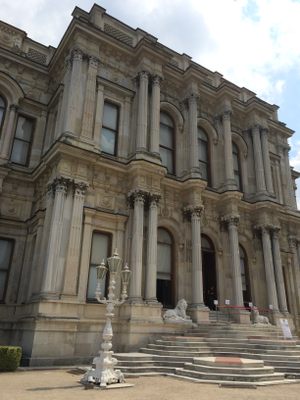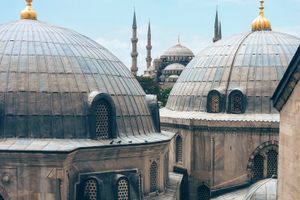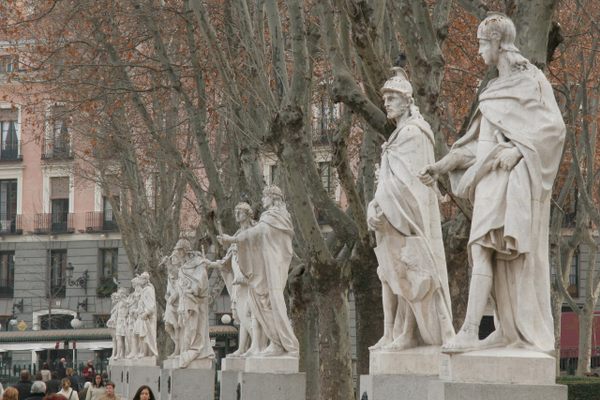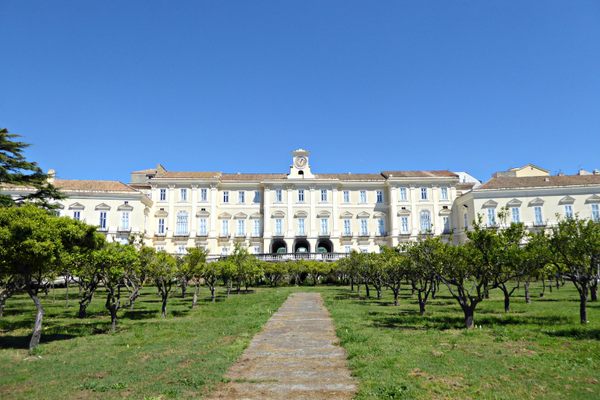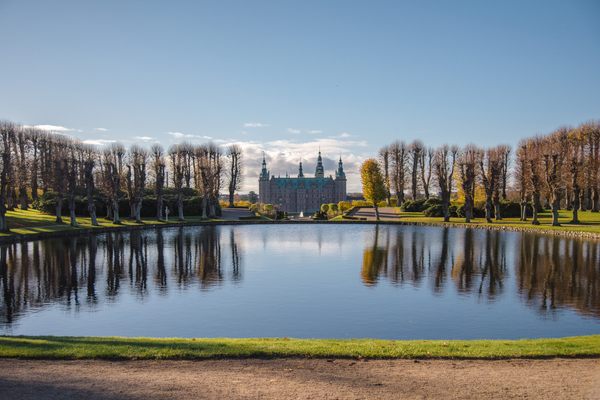About
As with many centuries-old palaces, much of Beylerbeyi's best stories have undoubtedly been lost in the mists of antiquity, but it does have a few claims to fame beyond its proximity to the first bridge to span the Bosphorus and a host of stunning architectural features.
The palace is located on the Asian side of Istanbul, on the shore of the Bosphorus Strait. Built in the 1860s as an Imperial Ottoman summer residence and house for entertaining foreign heads of state, the palace has been called a masterpiece. This is due in no small part to a certain well-balanced restraint demonstrated in the structure, at least when compared to the rococo excess embodied by some of Beylerbeyi's architectural peers. Of course, "restraint" is relative when palaces are the subject at hand. Take, for example, the fact that it only employed 5,000 men to complete, which was considered praiseworthy.
Beylerbeyi was built by Sarkis Balian, a member of the Balian architectural dynasty that was responsible for other Ottoman architectural masterpieces such as the Dolmabahçe Palace, the Ortaköy Mosque, and the Cathedral of the Holy Mother of God in Gaziantep.
The palace was built to impress from the water, with its most stunning façade facing the Bosphorus itself. The reception hall has a fountain and a pool inside, and most rooms feature French Baccarat chandeliers. Two marble bathing kiosks – one for the harem, and another separate pavillion just for the men of the selamlik – flank the seawall, as a large manicured garden and patch of coppice forest extend from three sides of the building.
This tension between subtle opulence and insular casualness created an atmosphere ripe for dynamic human interactions as well. In one particularly amazing tale that would seem too good to be true if only it weren't recorded in the annals of history, the Empress Eugenie of France paid a visit to the Beylerbeyi while on a tour of the region to mark the grand opening of the Suez Canal. A fleeting error in custom saw the Empress commit a serious faux pas by entering the Palace on the arm of Sultan Abdulaziz. None too pleased, the sultan's mother issued a slap to her face that promptly notified the empress of her error.
The palace also was home to a harem for entertaining guests – considered de rigueur for centuries – as was the case in 1934 when the Shah of Iran stopped by for a visit.
These days Beylerbeyi's strangest feature is a giant sculpture of a cat that seems to prowl the manicured palace grounds. Formed from metal and approximately ten times the size of Istanbul's real-life, notoriously adorable feral felines, the Courtyard Cat throws just enough weird into the Beylerbeyi's mix of looming regality that a visit to the waterside palace is a surefire win for any number of reasons.
Related Tags
Community Contributors
Added By
Published
January 14, 2016
